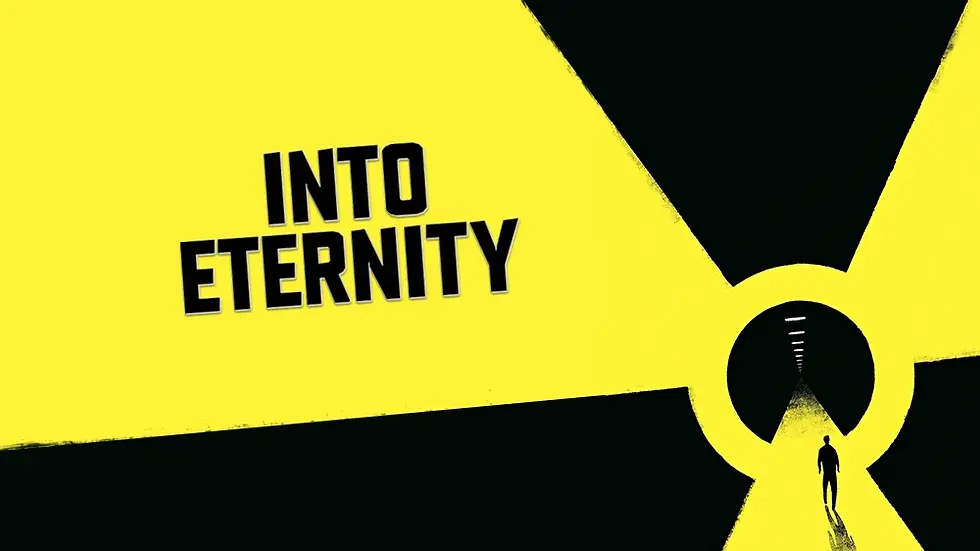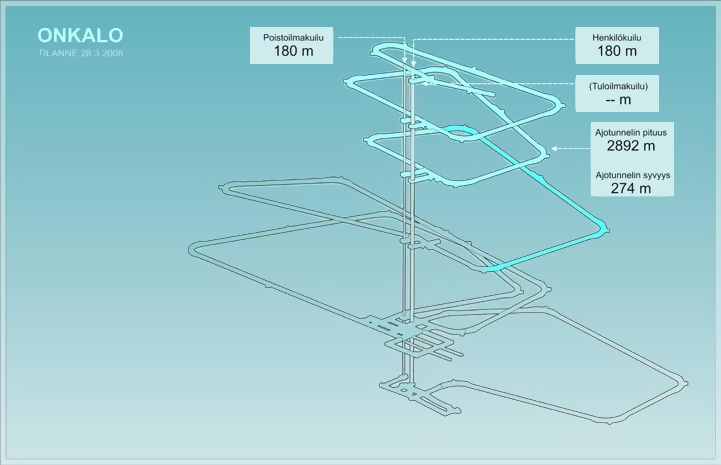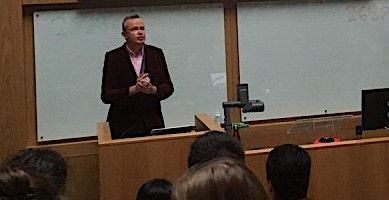You Can Never Trust Rotten Tomatoes
- Bailey Tuddenham

- Jan 25, 2023
- 4 min read

"It's only a video to MEng4, it's not important"
Hugh Pizey
An interesting introduction from Hugh, prior to beginning the day's screening. What were we about to watch? Would it be important? Is Hugh playing some clever mind game to get us thinking before the film even starts?
I'm not here to write a film review. I know that. But, I can't move forward without making a... few... comments regarding the production of this "documentary".
For something that has received a Rotten Tomatoes rating of 100%, I was expecting a lot. Maybe if I hadn't been expecting so much, I wouldn't have found the production so bad? Nah, who am I kidding. The production was always going to come across bad, because it was bad. It was almost as if a 12 year old had been bought a camcorder for Christmas and said "Yeah, I can film that for ya".

An inordinately overdramatic introduction, accompanied by an equally overdramatic, nonsensical narration; unexplained, unrelated camera shots; a weird man in the dark, waving about a matchstick. I overhear another student say "Is someone gonna get killed in this..?". A woman skating along a corridor on a trolley; looks kinda fun; "she's living her best life" says fellow classmate Tom Nicholas. People literally appearing out of thin air; random explosions; more extremely long, overdramatic shots with, again, no context. One section of the movie panned over a vehicle in a tunnel for a total of 5 whole minutes, without showing what it was doing, why it was there or why we were watching it. I think it's fair to say, this was probably one of the worst produced documentaries I have ever seen in my entire life; which was a shame, because the overall message was extremely interesting.
Anyway, as I said, I'm not here to write a film review. I'm here to analyse the message, and what I took from it. And, as I mentioned, the message was extremely interesting.
Into Eternity explores a tunnel system in Finland called Onkalo, which has been designed as a nuclear waste storage facility. Currently, there are an huge number issues surrounding nuclear waste. One of the main concerns surrounding waste product from nuclear power is that’s there are no permanent ways of disposing of it, and it is an extremely dangerous substance for humans to be exposed to. Onkalo was designed as a more permanent solution to storing nuclear waste. It is a system of underground tunnels, deep below the surface of the Earth, where the waste would be stored and buried.

However, the thing that I find most interesting about the content of the documentary is not the tunnel system itself, but the questions surrounding the possibility of humans discovering it in the future. When we design for the future, we always imagine that humans will know everything that they know now, and more. We often picture a high-tech, digital, pioneering future where products and services are able to be even more complex than they are now. But, Into Eternity asks the question of whether this would really be the case. What if humans, in the future, don't understand things that we do now? What if they don't understand products that we design now? Is designing for the future really about designing for a more advanced humanity, or do we need to consider human advancements reversing? In this particular documentary, it asks whether humans, in the future, will understand what is in the tunnel. Even if signs and markers are left warning them not to enter the tunnel, will they be able to read it? Will they understand what those markers mean? Will they care?

In the documentary, they discussed current ideas of types of markers that could be used to discourage future generations from exploring the tunnels and exposing themselves to nuclear waste. They began by talking about having monoliths and observatories to tell people it’s “not an important place” and that it’s “a place of danger”, however by putting up monoliths and observatories, I believe that you’re automatically making it an important and intriguing place that people are going to go to and want to know more about. They also discussed the idea of having massive artificial "thorns" to signify danger, but they, once again, just make the area look interesting and intriguing; humans are going to want to explore that. Another idea of a marker mentioned within Into Eternity was using the painting "The Scream" by Edvard Munch. I personally feel like this is, once again, a ridiculous idea and will only induce curiosity within whoever stumbles across it.
Different people within the documentary had very different opinions on these ideas, with some saying that they were a good idea, and some saying that they "leave a higher risk of intrusion". I personally agree with the latter. Another opinion discussed within the film, however, was the idea of just abandoning the site when its done and leaving it to be "forgotten over time"; is that the sort of irresponsibility that got us here in the first place?
I think it’s a real possibility that, at some point in the very distant future, humans wont understand things that we’re doing and making now. This links in with my research topic, space exploration. I strongly believe that humans will eventually be forced to leave the Earth and live on another planet, or planets. Once the Earth has recovered from its relationship with humanity, we’ll likely return. That would be something that occurs over thousands of years, and thus the possibility of us not understanding the remains of a very distant human era on Earth are extremely likely.



